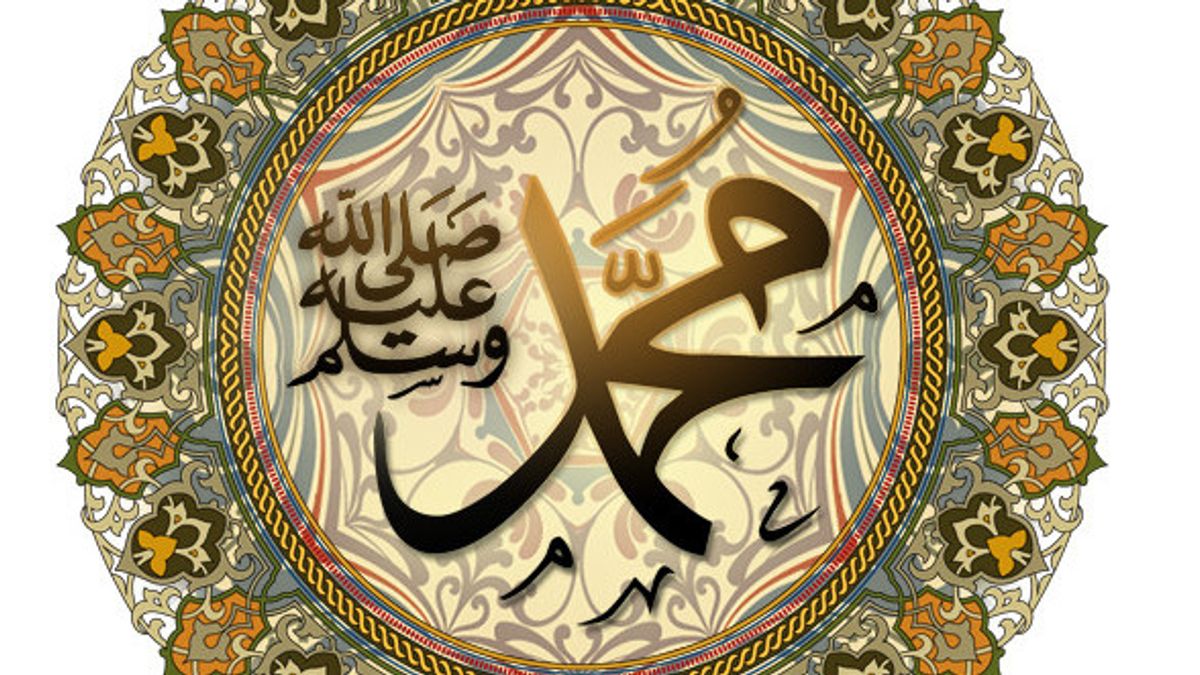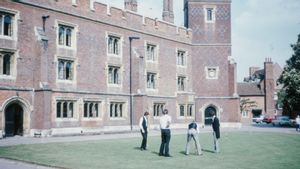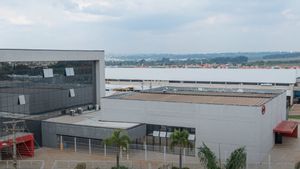JAKARTA - Muslims know the history of Al Isra' Wal Miraj as an event of the Prophet Muhammad SAW's journey (hijrah) from Mecca to Palestine, and the moment when the command to pray five times a day was sent down. However, it turns out that there are a number of things that many people miss from the Al Isra' Wal Miraj moment. What are those things?
Before discussing things that many people miss regarding this moment, let's remember what Al Isra' Wal Miraj is. As written by Aceng Zakaria in the Journal of Alquran dan Tafsir (2019) explains that Al Isra' Wal Miraj is the journey of the Prophet Muhammad at night from the Al-Haram Mosque (Mecca) to the Al-Aqsa Mosque (Palestine). The verse about the event is stated in Surah Al-Isra Verse 1.
Meanwhile, Miraj is the ascent of the Prophet Muhammad from the Al-Aqsa Mosque to the sky to Sidratul Muntaha and continues to the highest place to face Allah. This is explained in the Quran surah An-Najm Verses 13-18 and narrated in many authentic hadiths.
Solace
What people rarely tell about the Al Isra' Wal Miraj moment is the background before and after the moment. Because looking at the prophetic history or Sirah Nabawiyah, before the moment of Al Isra' Wal Miraj happened, the Prophet Muhammad was experiencing a state of deep grief or what is called the year of amul huzni (year of sadness).
As explained by Zakaria (2019) Rasulullah was left behind by his beloved wife Khadijah, who faithfully accompanied and comforted him when other people still ridiculed him. In the near future, he was also left by his uncle, Abu Talib.
The figure of Abu Talib was very important to the Prophet Muhammad in the early days of Islamic preaching. Because of the figure of the leader of the Banu Hashim, the Prophet Muhammad was able to safely preach in Mecca from the shadow of the Quraish people.
After the death of Abu Talib, the enemies of the Muslims became increasingly free to intimidate the Prophet. They even dared to throw dirt on the shoulders of the Prophet Muhammad.
In this sorrowful state, as Zakaria (2019) wrote, Allah "comforted" the Prophet by lifting him to the highest heavens until he met God. From the moment until now, Al Isra' Wal Miraj's rationality is still an interesting debate in terms of human logic.
"Basically, the commemoration is only to motivate and encourage, not in the context of worship (worship in the sense of special ritual worship). However, the commemoration day also contains several lessons", Zakaria wrote.

Socio-political victory
As the saying goes, anything is possible as long as we believe. The same thing goes with the Al Isra' Wal Miraj moment. After experiencing years of sadness, the Prophet became cheerful again.
It is as if the Prophet Muhammad strengthened his soul by being exposed to external conditions. On that journey, the Prophet Muhammad was reminded that he was not alone. Rather, it is part of a long series of prophetic histories.
On Al Isra' Wal Miraj's journey, the Prophet Muhammad reportedly arrived at Sidrat Al-Muntaha. Sidrat means desert tree or lotus. The tree in Asia and the Middle East is considered a symbol of wisdom.
While al-Muntaha means the last. As written by Busthomi Ibrohim in the Scientific Journal of Education Studia Didkatika (2016) Al Isra' Wal Miraj can be interpreted that the prophet has reached the highest wisdom.
After experiencing this the Prophet then moved from Mecca to Yathrib or what is now known as Medina. The word Medina is generally defined as a city, but in fact, al Madinah contains the meaning of civilization.
Medina has a connection with ideas such as civility and ideas about politics. The political activity of the Prophet Muhammad in Medina, which by the end of his life would have succeeded in creating an autonomous political community, can be regarded as the embryo of the state.
Others on BERNAS
SEE ALSO:
The English, Chinese, Japanese, Arabic, and French versions are automatically generated by the AI. So there may still be inaccuracies in translating, please always see Indonesian as our main language. (system supported by DigitalSiber.id)


















